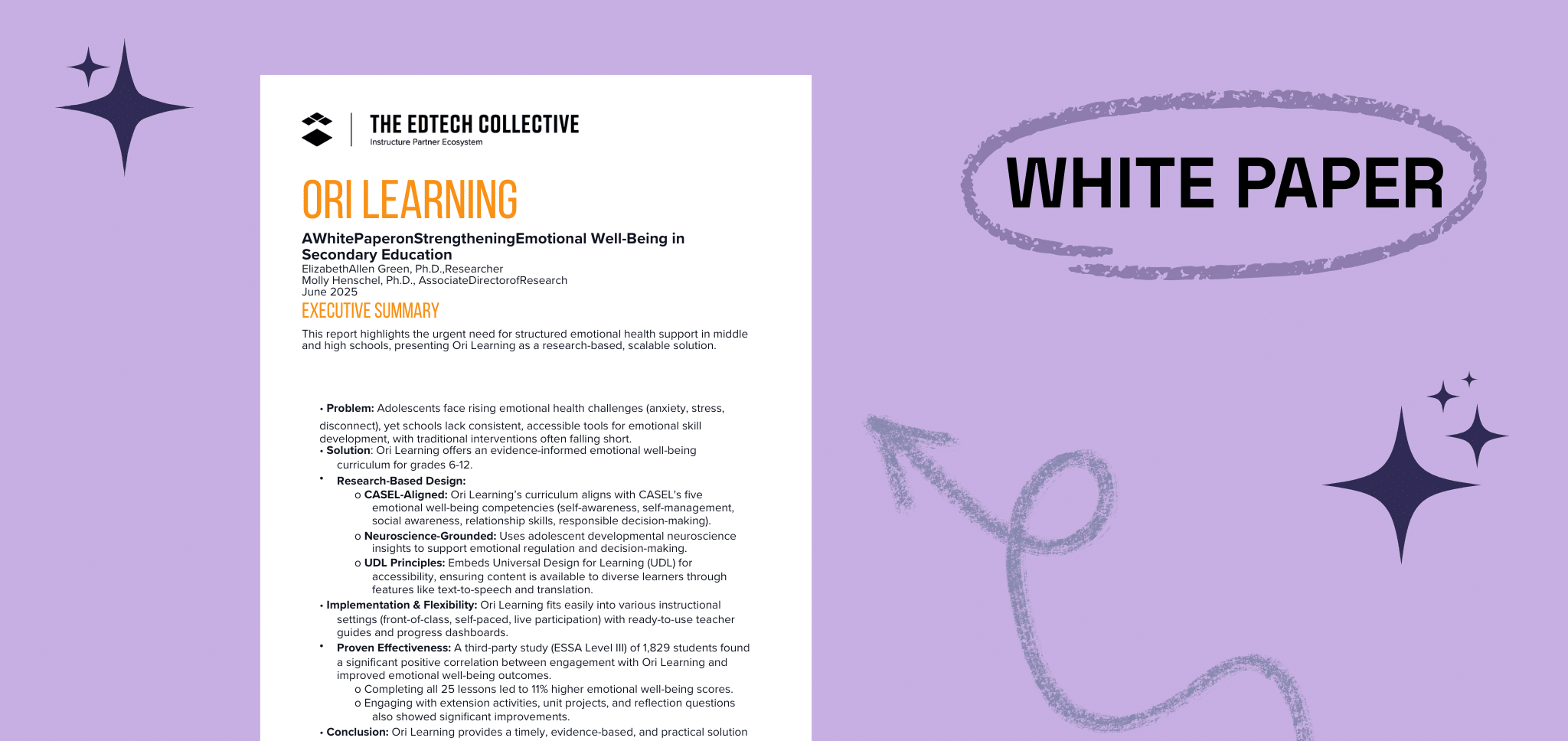

For students with disabilities, transitioning from the structured environment of K-12 education to adulthood can be a daunting prospect.An Individual Transition Plan (ITP) serves as a roadmap for these students, outlining the goals, supports, and services necessary to help them prepare for this next stage of life and achieve successful outcomes.
This guide is for people working in education-related roles who want to create an effective Individual Transition Plan for special education students. It defines ITPs and their components, discusses how ITPs fit within the context of the IEP, and details the 5 steps to successfully creating an ITP.
The Individuals with Disabilities Education Act (IDEA) mandates that all students with Individualized Education Programs (IEPs) who are 16 years old or older must have an ITP. The
ITP is a document developed collaboratively by a team that includes the student, parents, guardians, or caregivers, general education teachers, special education teachers, and other relevant professionals.
ITPs focus on the following key transition areas:
To develop an effective ITP, keep these tips in mind:
The ITP development process should begin two to three years before the end of the student’s compulsory education. Planning should ideally start as early as middle school, allowing for plenty of time to identify goals, explore options, consider different careers, and put necessary support in place.
ITP should be student-centered, meaning the student’s preferences and aspirations take center stage. By giving the student a sense of ownership, you empower them to be invested in the transition process.
Developing and implementing ITPs requires collaboration among a team of professionals. The student and their parents, guardians, or caregivers should work with educators and other relevant service providers, like social workers, whose professional knowledge can provide a comprehensive picture of the student’s needs and strengths.
The ITP should be informed by data from the student’s IEP, assessments, and progress reports. This data helps the student and their supporting team to identify areas of strength and areas where the student might need additional support.
The ITP is a living document that needs to be reviewed and updated as necessary, ensuring it remains relevant and continues to reflect the student’s evolving needs and aspirations. At least once a year, the ITP team should review the student’s progress, assess if their goals need to be adjusted, and update the plan accordingly.
There are always ways to improve your transition planning processes and programming, and this should happen gradually over time. Doing your research, evaluating your program, and creating a new blueprint are the three key steps to boosting your transition planning, ensuring a smoother process for everyone involved.
See what Ori Learning can do for your school or district.
Not sure how to write an Individual Transition Plan?
First, get your hands on an Individual Transition Plan sample. Ask for a copy from a colleague who has created ITPs and is an expert in the area. Alternatively, you can search for ITP examples online.
This next section outlines the five steps you should take to create an effective ITP from scratch.
Start by assembling the team of people who will be needed to collaboratively create the ITP. These people include:
Depending on the situation, the ITP team should also include a transition specialist (if available), a school counselor, and related service providers (such as a speech-language pathologist or occupational therapist).
Once you’ve assembled the team, your next step is to gather all the relevant information about the student. This information will inform the development of transition goals within the ITP.
There are several sources of information that could be helpful here, including:
If this is your first time creating an ITP, now is a good time to look at an Individual Transition Plan example produced by another member of staff to give you guidance on what the plan should contain.
With the information you have gathered, you can now conduct a Present Levels of Performance (PLP) analysis specific to the student’s transition goals. This analysis should explore:
Based on the PLP analysis, your next task is to collaboratively develop clear, measurable, and achievable transition goals for each of the five ITP focus areas (postsecondary education, training, employment, independent living, and community participation).
Strong transition goals should be SMART:
When setting goals, be sure to access resources and guidelines for secondary transition planning to ensure your decisions are informed by best practices.
Create a timeline for achieving each transition goal, outlining the steps that will be taken. This ensures everyone involved in the plan understands the sequence of implementation and stays focused on achieving the desired outcomes.
For each transition goal, determine the specific supports and services the student will need to be successful.
This might include academic accommodations, modifications, assistive technology, targeted skill development in specific areas, independent living supports, or social-emotional counseling services.
Also consider specific support that the student may require based on their own unique situation. Examples include speech-language therapy, occupational therapy, or other related services to address their individual needs.
The five key parts of a transition plan are education, training, employment, independent living, and community participation.
The purpose of an ITP is twofold: to establish a student’s social, recreational, educational, and residential goals; and to establish an interagency linkage.
The most important topics covered by an ITP are employment, independent living, education beyond school, community integration, and self-determination.